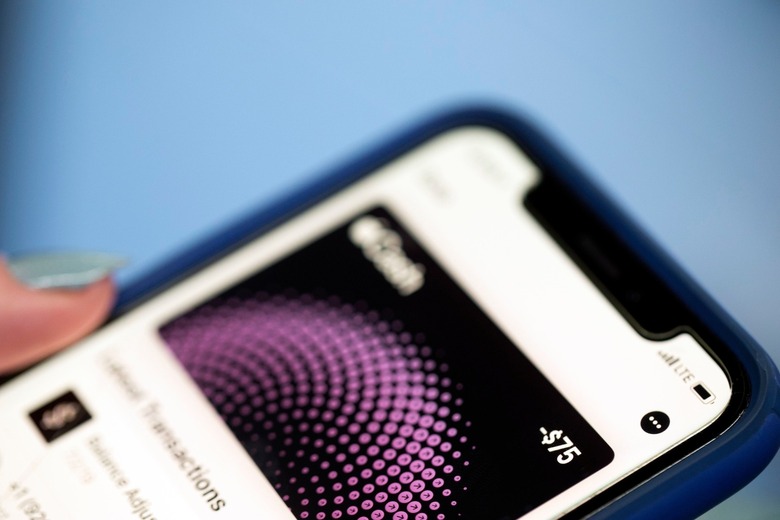I'm Going Out Of My Way To Avoid Businesses That Don't Support Services Like Apple Pay
- The US has long lagged behind the rest of the world when it comes to acceptance and the pervasiveness of contactless payment services like Apple Pay.
- The coronavirus pandemic, however, is not only changing that trend but supercharging it in the opposite direction.
- As a result, I'm certainly going out of my way to avoid retailers that don't support contactless payment options right now like Apple Pay, something more people are doing out of a realization that exchanging paper money represents one more potentially dangerous touchpoint in a coronavirus world.
The Target store where I make my regular grocery run isn't the closest such option to my apartment, and there are a few things about the overall experience that are less than ideal — such as having to sometimes wait in line outside the store, since Target is now one of several retailers limiting how many shoppers can be inside at any one time to promote social distancing. That, of course, is a byproduct of the coronavirus pandemic, though the pandemic also happens to be the reason I go out of my way to shop at Target instead of at closer, more convenient options: This is the closest such retailer to me that also happens to support contactless payment options, like Apple Pay.
We've all made changes big and small in our lives as a result of COVID-19, and for me, one of the behavioral changes I suspect will stick well into the post-COVID world is skittishness about touching money when I don't have to. That's the reason I'll display more than a little irritation at retailers that don't offer contactless payment options, which I will probably continue going out of my way to avoid.
I hopped on board the contactless payment train back in the fall thanks to a trip to Europe. Pretty much everywhere I went in London and Paris accepted Apple Pay as a payment option, and it's a no-brainer to hover your phone over a payment terminal in lieu of fishing around for the right amount of money in a currency I'm not familiar with. Fast-forward to now. Once businesses started gradually reopening amid the coronavirus pandemic, I only started venturing again into those that made the kinds of changes that made me feel better and gave me a mental reassurance that the risks associated with shopping here are low — acceptance of a contactless payment format like Apple Pay being one such facet of a retailer's option that's now a must-have for me.
Moreover, I'm certainly not the only one who feels this way:
@WalmartCanada how is it possible that during #COVID where you seek to ensure health and safety that you still do NOT have contactless payment (tap)?
You need to do better#coronavirus #Canada #StayHome
— Darius Sookram (@dariussookram) June 5, 2020
In truth, the coronavirus is likely going to accelerate an increased acceptance of contactless payment that was actually already underway in the US. According to Adweek, contactless payments grew by a whopping 150% between March 2019 and March 2020, with a Visa spokesperson describing that rate as "staggering."
The latest figures also show that 80 of the top 100 merchants in the US now accept contactless payments, and Visa — which has more than 190 million contactless cards on the market right now — is expecting that number to grow to 300 million this year.
A few days ago at the Piper Sandler Global Exchange & FinTech conference, Visa CEO Al Kelly had this to say about the trend: "One of the really positive movements related to what's happened with COVID-19 is that people are seeing cash as something that carries germs and we've seen numerous merchants actually say, 'Hey, I don't want to pay cash'. So I think it's going to accelerate the adoption of tap to pay in the United States."
